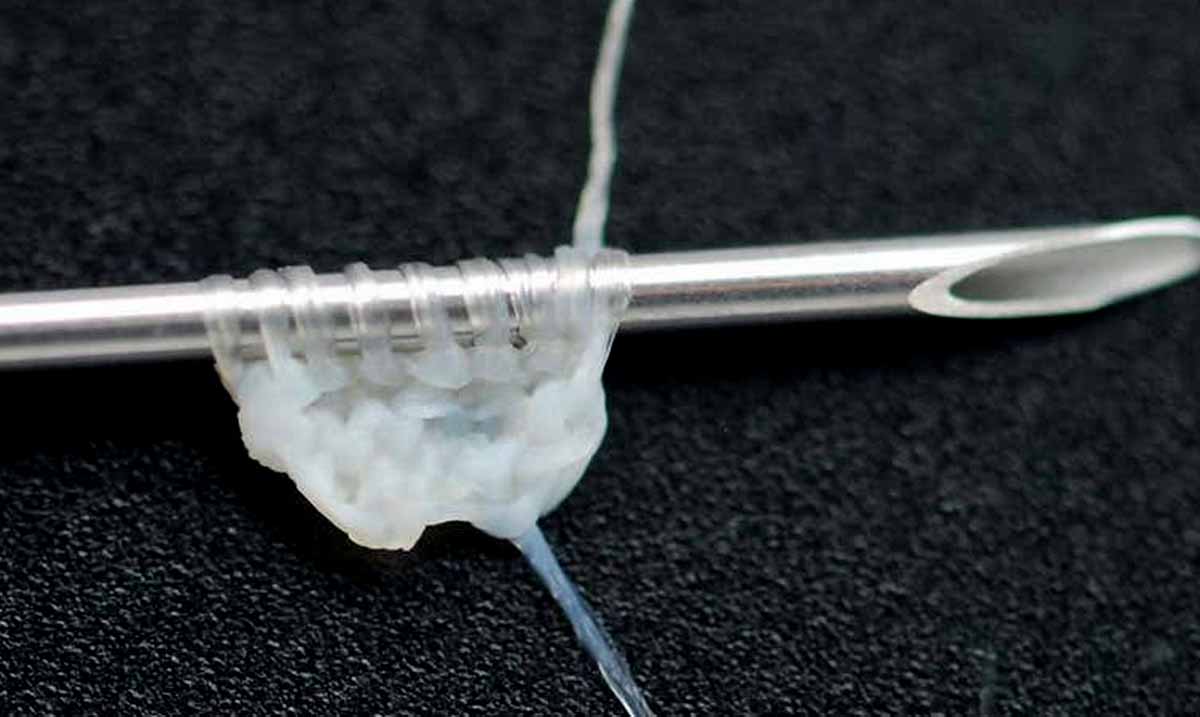It might sound like something from a science fiction novel or even from a wild tabloid, but this is not fiction, this is real life. A team of French scientists has created a type of yarn from human skin cells.
At first glance, this still might sound odd, but this invention could mean great things for the medical industry. For those who go under for a graft or any other type of surgery, being able to have your skin and organs sewn back up from yarn made of your skin, there is a far lower chance of a reaction or infection.
“These human textiles offer a unique level of biocompatibility and represent a new generation of completely biological tissue-engineered products,” explained the research team from the French National Institute of Health and Medical Research in Bordeaux.
To create the yarn, the researchers took sheets of human skin cells and cut them into long strips. Then, those strips were woven into a yarn-like material that could then be used to fabricate a variety of shapes.
“We can sew pouches, create tubes, valves, and perforated membranes,” explained lead researcher Nicholas L’ Heureux. “With the yarn, any textile approach is feasible: knitting, braiding, weaving, even crocheting.”
Currently, all that is available are synthetic materials that can cause detrimental reactions in a patient’s body, which can ultimately result in sepsis, a toxic blood infection that often results in death.
“Most permanent synthetic biomaterials are recognized as foreign by the innate immune system, which leads to the well-described ‘foreign body reaction’ upon implantation,” they wrote.
Of course, the ‘yarn’ is still in the testing stage, but has been used to stitch a rat’s wounds to help it to heal over two weeks. Additionally, they have used it to create a skin graft, using a custom-made loom to seal a sheep’s artery to stop it from leaking.
As the hopeful research moves forward into the clinical phases, we could see it used to help sew up actual people to see just how awesome this intervention could be!

